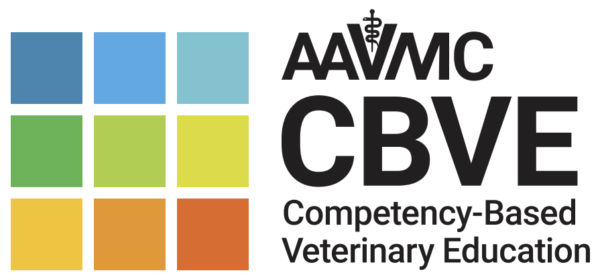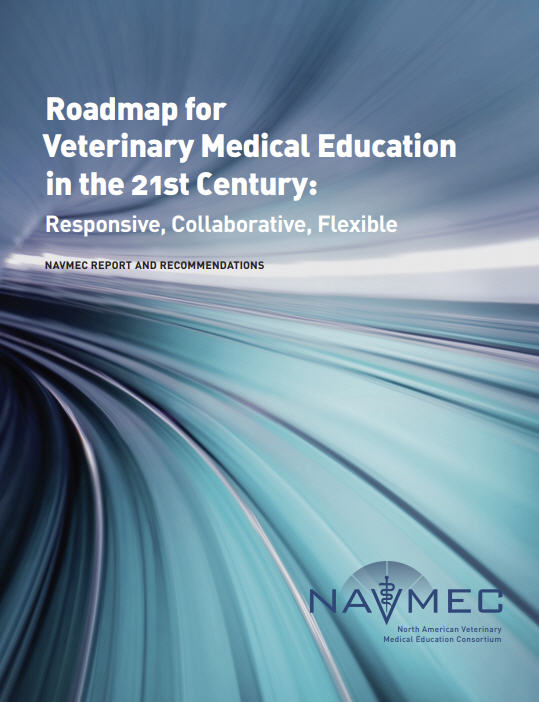At a time when advancing diversity, equity, and inclusion
in veterinary medicine is at or near the top of the strategic
priority list for virtually all veterinary medical organizations,
whether academic or in the industry, this situation is extremely
concerning. Any use of such a biased measure as a foundation
for admission decisions can only be expected to yield a
biased selection process – albeit unintentional. And clearly,
continued reliance on GRE™ for admission decisions will be
one important ongoing source of unintended institutional
racism, sexism, classism, and/or elitism across academic
veterinary medicine – imparting unintended bias against those
candidates who might be marginalized based on race, ethnicity,
gender, socio-economic status, or geography.
This booklet describes developmental milestones for each of the thirty-two competencies. A milestone is an observable marker of an individual’s ability along a developmental continuum. The CBVE milestones are written at four levels to describe the behaviors of a typical learner: Novice: the minimum expectation for entry to clinical rotations Advanced Beginner: developing competence Competent: […]
The AAVMC Competency-Based Veterinary Education (CBVE) Working Group is developing a number of documents to assist in the dissemination of their work. In a companion document entitled “CBVE Framework”, the nine domains of competence are defined along with a list of competencies for each domain. Domains are broad distinguishable areas of competence that constitute a […]

Competency-Based Veterinary Education (CBVE) is an approach modeled after competency-based medical education and is designed to prepare graduates for professional careers by confirming their ability to meet the needs of animals and the expectations of society. This approach focuses on outcomes-based and learner-centered education and assessment. The CBVE Model was originally published in 2018 and […]

NAVMEC REPORT AND RECOMMENDATIONS







SHARE